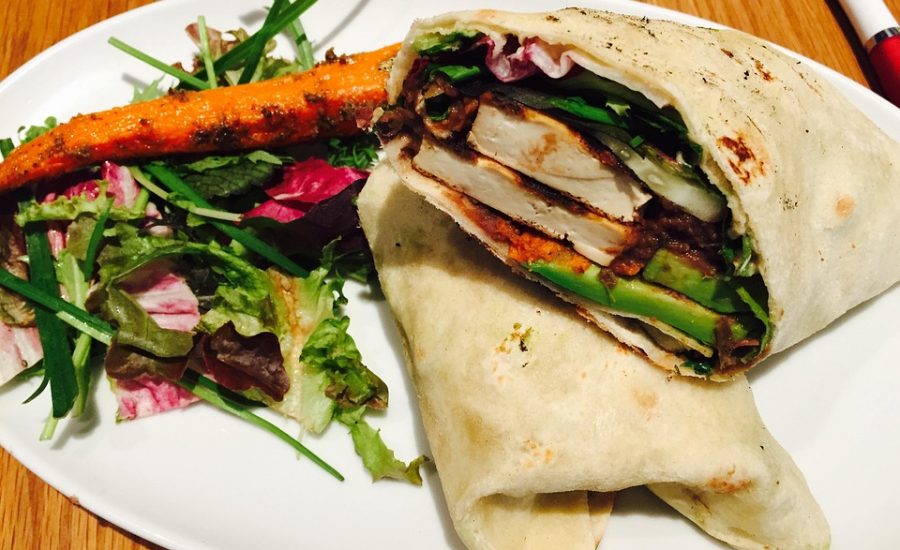Managing diabetes can be a daily challenge, but meal planning doesn’t have to be! With the right strategies and delicious recipes, you can enjoy a varied and satisfying diet while maintaining your blood sugar levels. In this guide, we’ll cover essential tips for diabetic meal planning, some easy and healthy recipes, and how to create a balanced plate that’s diabetes-friendly.
Understanding Diabetes and Nutrition
Before diving into meal planning, it’s important to understand the role of nutrition in managing diabetes. Diabetes is a condition that affects how your body processes glucose, which is essential for energy. Balancing what you eat and maintaining consistent carbohydrate intake can help control your blood sugar levels.
Key Nutritional Components:
- Carbohydrates: Focus on complex carbohydrates like whole grains, legumes, and vegetables.
- Proteins: Lean meats, fish, eggs, and plant-based proteins like beans and lentils.
- Fats: Healthy fats such as avocados, nuts, and olive oil.
- Fiber: Incorporate plenty of fiber through vegetables, fruits, and whole grains to help regulate blood sugar.
Now, let’s explore how to effectively create a diabetes-friendly meal plan.
Tips for Effective Diabetic Meal Planning
1. Understand Portion Sizes
Controlling portion sizes is crucial for managing diabetes. Use measuring cups or a food scale to get accustomed to appropriate serving sizes. This practice helps in maintaining balance and preventing overeating.
2. Plan Your Meals Ahead of Time
Setting aside a day each week to plan your meals can alleviate the stress of last-minute cooking. Here’s how to approach it:
- Set Goals: Decide what you want to achieve (e.g., lower blood sugar levels, weight loss).
- Make a Weekly Menu: Write down your meals for breakfast, lunch, dinner, and snacks.
- Create a Shopping List: Based on your menu, compile a list of ingredients you’ll need.
3. Incorporate Variety
To keep meals exciting and nutritious, include a variety of foods:
- Fruits and Vegetables: Aim for a rainbow of colors.
- Whole Grains vs. Refined: Opt for brown rice, quinoa, or whole-grain bread instead of white.
- Proteins: Alternate between animal and plant-based proteins.
4. Consider Meal Timing
Eating smaller meals at regular intervals can help stabilize blood sugar levels. Try planning three main meals with two snacks in between.
5. Stay Hydrated
Don’t forget the importance of hydration. Aim for 8-10 glasses of water daily. Herbal teas or infused water can be delightful alternatives.
Easy Diabetic Recipes
To kickstart your meal planning, here are some simple, diabetes-friendly recipes that are both nutritious and delicious.
Breakfast: Quinoa Breakfast Bowl
Ingredients:
- 1 cup cooked quinoa
- ½ cup almond milk (unsweetened)
- 1 tablespoon almond butter
- 1 tablespoon chia seeds
- ½ cup mixed berries (strawberries, blueberries, raspberries)
Instructions:
- In a bowl, combine cooked quinoa and almond milk.
- Stir in almond butter and chia seeds.
- Top with mixed berries before serving.
Lunch: Veggie and Hummus Wrap
Ingredients:
- Whole-grain wrap
- ½ cup hummus
- 1 cucumber (sliced)
- 1 bell pepper (sliced)
- Handful of spinach
- Squeeze of lemon juice
Instructions:
- Spread hummus evenly on the whole-grain wrap.
- Layer sliced cucumber, bell pepper, and spinach.
- Squeeze lemon juice over the top and roll tightly.
Dinner: Baked Salmon with Asparagus
Ingredients:
- 2 salmon fillets
- 1 bunch asparagus
- 2 tablespoons olive oil
- 1 lemon (sliced)
- Salt and pepper to taste
Instructions:
- Preheat oven to 400°F (200°C).
- Place salmon and asparagus on a baking sheet.
- Drizzle with olive oil and season with salt and pepper.
- Top salmon with lemon slices and bake for 15-20 minutes.
Snack: Greek Yogurt with Nuts
Ingredients:
- 1 cup plain Greek yogurt
- 2 tablespoons mixed nuts (unsalted)
- Sprinkle of cinnamon
Instructions:
- Combine Greek yogurt and nuts in a bowl.
- Sprinkle with cinnamon and serve.
Conclusion: Making Meal Planning Work for You
Diabetic meal planning doesn’t have to be overwhelming. By understanding your nutritional needs, planning ahead, and incorporating a variety of delicious recipes, you can take control of your diabetes and enjoy a satisfying diet. Remember, the goal is to create balance while enjoying the foods you love.
With these tips and recipes in hand, you’ll be well on your way to mastering diabetic meal planning. If you have any specific dietary concerns or need personalized advice, always consult with a healthcare professional or a registered dietitian.
Embrace the journey towards healthier eating—it’s about making small, manageable changes that will benefit you in the long run. Happy meal planning!









 Weight Loss, Unlocked.
Weight Loss, Unlocked.